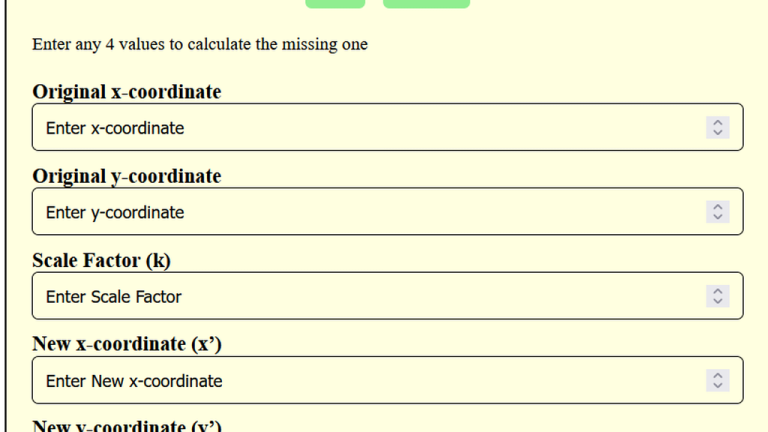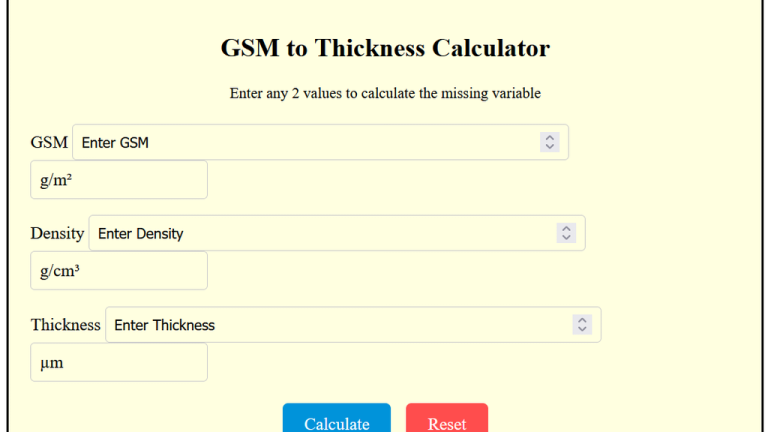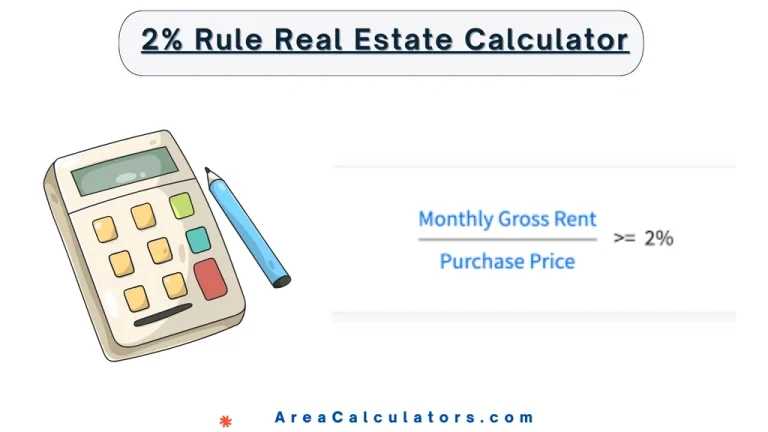Moles to Liters Calculator [Moles To Liters Converter 2025]
To find the volume in liters from moles, multiply the number of moles by 22.4, assuming conditions are at STP (Standard Temperature and Pressure).
To find the volume in liters from moles, multiply the number of moles by 22.4, assuming conditions are at STP (Standard Temperature and Pressure).
The Moles to Liters Calculator is developed to convert the amount of a substance in moles to its equivalent volume in liters under standard conditions.
This calculation is particularly useful in chemistry for understanding gas behaviors, determining reaction volumes, and interpreting stoichiometric relationships in reactions.
Using this tool, you can transition smoothly from molar quantities to volume, which is especially beneficial when preparing chemical solutions or conducting laboratory experiments.
| Variable | Description |
|---|---|
| V | Volume in liters |
| n | Number of moles |
| 22.4 | Molar volume constant at STP (L/mol) |
Example 1:
| Step | Calculation |
|---|---|
| Moles (n) | 3 moles |
| Volume Calculation | |
| Result | 67.2 liters |
Answer: 3 moles of gas occupy 67.2 liters at STP.
Example 2:
| Step | Calculation |
|---|---|
| Moles (n) | 5 moles |
| Volume Calculation | |
| Result | 112 liters |
Answer: 5 moles of gas occupy 112 liters at STP.
The Moles to Liters Calculator is a powerful value converting tool. It provides a straightforward solution for converting moles to liters. This is mainly useful in chemical equations where gas volume relationships are crucial. In many cases, such as calculations at standard temperature and pressure (STP), one mole of an ideal gas occupies approximately 22.4 liters.
This calculator aids in quickly finding the volume of gas or determining moles when volume is known, making it a valuable tool in both laboratory and academic settings.
To use this tool, enter the known quantity of moles or liters along with any conditions like temperature or pressure if they differ from STP.
The calculator then offers the volume or mole equivalent, facilitating your understanding of substance relationships in chemistry. Whether you’re studying reactions or need to measure gas quantities in liters, this tool simplifies your calculations.
In the very end, the Moles to Liters Calculator is an efficient and versatile tool for conversions in chemistry, ensuring precise results when dealing with gas volumes and moles in chemical reactions.

To apply the dilation rule, multiply the coordinates of the original point by the scale factor to get the new coordinates. The Dilation Rule Calculator simplifies calculating the transformed coordinates of a shape or point after applying a dilation. This process scales a figure either up or down relative to a fixed point (the center…
To multiply three fractions, multiply their numerators together to get the new numerator and their denominators together to get the new denominator. Then, simplify the resulting fraction if possible. The Multiplying 3 Fractions Calculator is a helpful tool for multiplying three fractions or mixed numbers quickly and accurately. Multiplying fractions is a key concept in…

To calculate Media Mail cost, start with $2.66 and add $0.51 for each additional pound beyond the first. The Media Mail Cost Calculator helps estimate USPS Media Mail rates accurately and affordably. Designed for sending books, DVDs, and similar educational materials, this tool calculates shipping costs based on package weight. Media Mail is a cost-effective…
Multiply the length, width, thickness, and density of the OSB board to determine its weight. The OSB Weight Calculator is an essential tool for estimating the weight of Oriented Strand Board (OSB), widely used in construction and carpentry. Knowing the weight of OSB sheets helps in determining transportation needs, structural load limits, and material handling…

To convert GSM to thickness, divide the GSM value by the material’s density and multiply by 1000 to get the thickness in micrometers. The GSM to Thickness Calculator is a precise tool for converting grams per square meter (GSM) into material thickness. This calculator is widely used in industries like printing, textiles, and packaging, where…

Explore our 2 Percent Rule Real Estate Calculator to make wise decisions about your investments. The calculator come in both basic mode and advanced calculator mode. Furthermore, read the formula and solved examples below to get better understanding of how it works. 2% Rule Real Estate Calculator Basic CalculatorAdvanced Calculator Purchase Price of the Property…